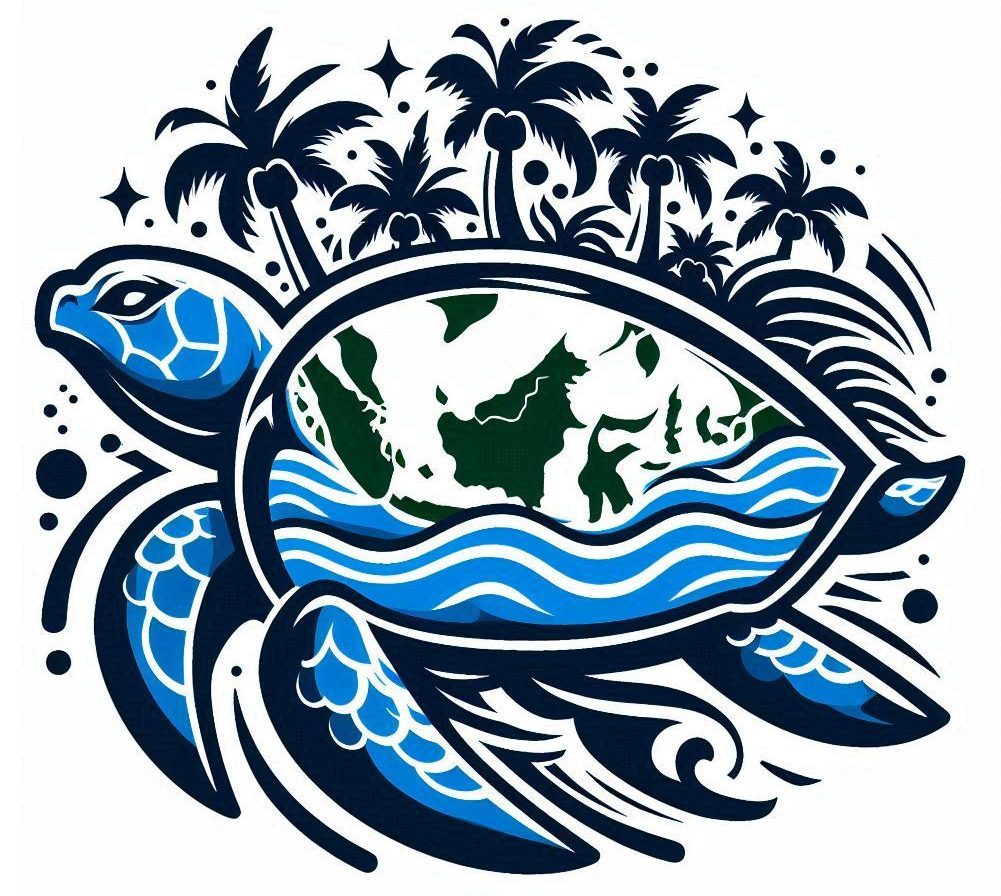Protecting Indonesia’s sea turtles requires a multifaceted approach that addresses various threats to their survival while promoting sustainable coexistence with human activities. Here are some key strategies employed in the conservation efforts:
1. Marine Protected Areas (MPAs):

Marine Protected Areas serve as vital sanctuaries for sea turtles and other marine species by limiting human activities that could harm their habitats. These designated zones not only provide safe nesting beaches but also protect critical feeding and breeding grounds. By establishing and effectively managing MPAs, Indonesia aims to safeguard key habitats essential for the survival of sea turtles.
2. Legislation and Enforcement:
The Indonesian government has implemented laws and regulations to protect sea turtles from threats such as poaching, habitat destruction, and pollution. Enforcement agencies work tirelessly to ensure compliance with these regulations, conducting patrols, and prosecuting offenders involved in illegal activities targeting sea turtles and their habitats
3. Community Engagement and Education:
Engaging local communities living in coastal areas is integral to the success of sea turtle conservation efforts. Through educational programs, workshops, and outreach initiatives, communities are empowered to become stewards of their marine environments. By raising awareness about the importance of sea turtle conservation and providing alternative livelihood options, communities are encouraged to actively participate in protecting sea turtles and their habitats.
4. Nesting Site Protection:

To safeguard sea turtle nests from poaching and predation, conservation organizations implement nest protection programs in key nesting areas. These programs involve monitoring nesting beaches, relocating vulnerable nests to safer locations, and installing barriers or cages to deter predators. By ensuring the successful hatching and emergence of hatchlings, these efforts contribute to the replenishment of sea turtle populations.
5. Research and Monitoring:
Scientific research plays a crucial role in understanding the biology, ecology, and behavior of sea turtles, informing conservation strategies and management decisions. Researchers conduct studies on nesting trends, population dynamics, and migratory patterns to assess the effectiveness of conservation measures and identify areas for improvement. Continuous monitoring of sea turtle populations helps track their status and evaluate the impact of conservation interventions over time.
6. International Collaboration:

Conserving sea turtles is a global endeavor that requires collaboration among countries, organizations, and stakeholders. Indonesia actively participates in international agreements and initiatives aimed at protecting marine biodiversity and combating illegal wildlife trade. By collaborating with neighboring countries and international partners, Indonesia can leverage resources, expertise, and support to enhance its sea turtle conservation efforts and address transboundary conservation challenges.
In summary, the protection of Indonesia’s sea turtles relies on a comprehensive strategy that integrates habitat conservation, law enforcement, community engagement, research, and international collaboration. By implementing these strategies in a coordinated and sustainable manner, Indonesia aims to secure a brighter future for its treasured sea turtles and the marine ecosystems they inhabit.
